Amboseli Day Trip Safari from Nairobi
Our Amboseli Day Trip Safari from Nairobi is an exciting and immersive full-day safari that begins and ends in the city. Perfect for travelers with limited time, this guided road safari takes you deep into Amboseli National Park, Kenya’s iconic wildlife destination at the foot of Mount Kilimanjaro.
Amboseli National Park Day Safari Highlights
✔ Refreshments and a lunch stop at a lodge inside the park
✔ Full-day Big 4 Safari (lion, leopard, elephant, and buffalo)
✔ Morning and afternoon game drives with an experienced safari guide
✔ Visits to Amboseli’s swamps and watering holes where wildlife congregates
✔ Uninterrupted views of Mount Kilimanjaro from the park’s open plains and swamps
✔ Amboseli’s legendary elephants – part of Africa’s largest herds, including the famous big tuskers
✔ Birdwatching paradise with over 400 species, including raptors, cranes, kingfishers, pelicans, and more
✔ Unique dry-land wildlife such as fringe-eared oryx, gerenuk, caracal, serval cats, jackals, and bat-eared foxes
✔ Rich savannah wildlife including giraffes, zebras, wildebeest, hartebeest, gazelles, eland, waterbuck, and buffalo
Amboseli Day Safari Itinerary
Your Amboseli Day Trip Safari begins early in Nairobi. At 0500 hours, you will be collected from your accommodation and depart on the approximately four-hour scenic drive south to Amboseli National Park. Along the way, enjoy views of the Kenyan countryside and the gradual rise of Mount Kilimanjaro on the horizon.
Upon arrival at the Iremito Gate, we take a short comfort break before heading into the park for your morning game drive. Amboseli is famous for its elephants, lions, and buffalo, as well as giraffes, zebras, wildebeest, and other savannah species. Expect multiple opportunities for wildlife photography and birdwatching as you traverse the plains and marshy areas.
Midday, enjoy a refreshing coffee or tea break at a picnic site within the park, followed by lunch at a lodge. In the afternoon, continue your safari with another game drive through Amboseli’s swamps and grasslands, where elephants and other wildlife are often seen bathing and feeding.
Later in the afternoon, depart the park via Kimana Gate and return to Nairobi, arriving in the evening for drop-off at your hotel or residence, concluding your action-packed Amboseli Day Trip Safari.
Wildlife and Birdlife in Amboseli National Park
Amboseli is home to an extraordinary diversity of wildlife. The savannah plains host giraffes, Grant’s and Thompson’s gazelles, zebras, wildebeest, hartebeest, waterbuck, eland, and buffalo. In drier areas, sightings may include gerenuk, fringe-eared oryx, bat-eared foxes, jackals, caracal, and serval cats. Predators such as lions and hyenas are regularly spotted, while leopards and cheetahs are more elusive.
Amboseli is especially famous for its elephants. Around 1,500 elephants thrive in the park, many with impressive tusks. Thanks to conservation efforts, the big tuskers dominate the landscape, making Amboseli one of the premier elephant-watching destinations in Africa.
Bird enthusiasts will delight in over 400 recorded species. Swamps, seasonal lakes, and open plains attract raptors like martial eagles, fish eagles, and secretary birds, along with waterbirds such as long-toed lapwings, rufous-bellied herons, crowned cranes, kingfishers, pelicans, and hammerkops. The Taveta golden weaver is commonly seen, and the endangered Madagascan squacco heron is present depending on the season.
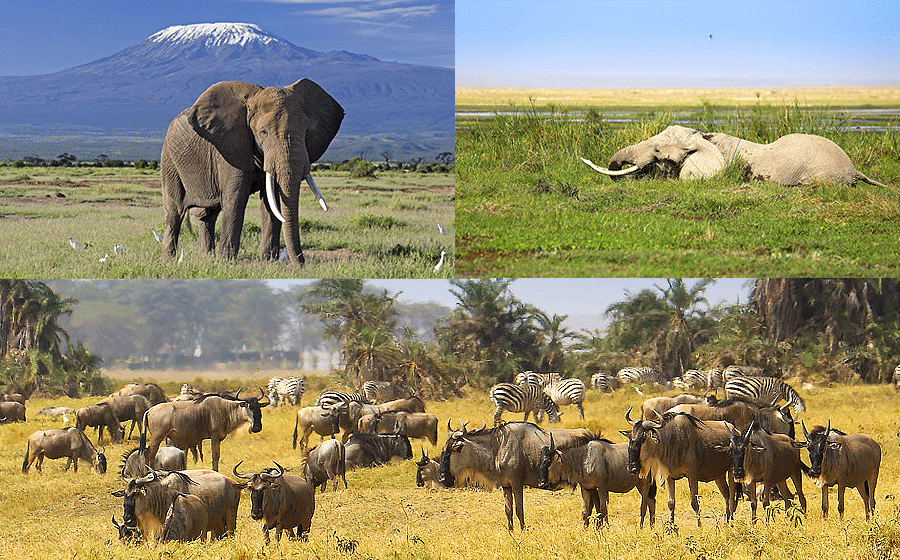
Amboseli Day Trip Safari Itinerary
0500 Hours: Depart Nairobi for Amboseli National Park by road
0930 Hours: Arrive at the Amboseli National park and proceed for a game drive
1230 Hours: Enjoy Box lunch at the Observation Hill/ Lodge in Amboseli
1330 Hours: Afternoon game drive/ Visit a Masai Village (optional) en route to Nairobi
1900 Hours: Arrive in Nairobi. You will be dropped off at your hotel/ residence
Amboseli Day Trip Safari Prices
Amboseli Day Trip Safari Price Includes;
Box Lunch at the Observation Hill + Game driving at Amboseli National Park + All park entry fees, service charges, and taxes + Price per person (Single traveler Request for Rates) + Pickup from your hotel in Nairobi and drop-off to your hotel & Professional English speaking guides. All are experts in African wildlife, culture, and tour guiding, many of who speak other European languages
| Dates From | Dates To | Price Per Person | Child Aged 3 to 12 Years |
|---|---|---|---|
| 1st January 2025 | 31st December 2025 | Request for rates | Request for rates |
Notes
* Overnight Safari to Amboseli National Park is also available. Kindly Click Here
* You can also fly from Nairobi to Amboseli National Park from Wilson Airport at 0730 Hours and return by road to Nairobi to arrive at 1830 Hours
1 Day Amboseli National Park Safari Does not Include;
* Tips or gratuity
* Travelers Insurance
* Communication charges
* Personal expenses such as Drinks
* International airfares and airport taxes
* Sightseeing not included in the package
* Optional activities like visiting a Maasai Village
* Transfers to/ from the airport (supplement airport transfer cost applies for tours starting from the airport)
Amboseli Day Trip Pictures

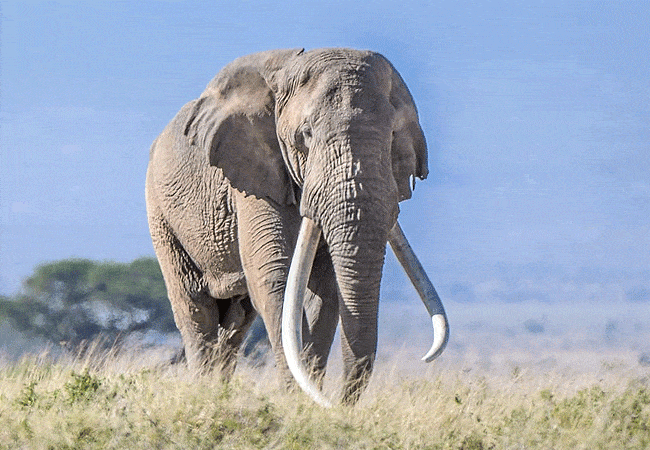
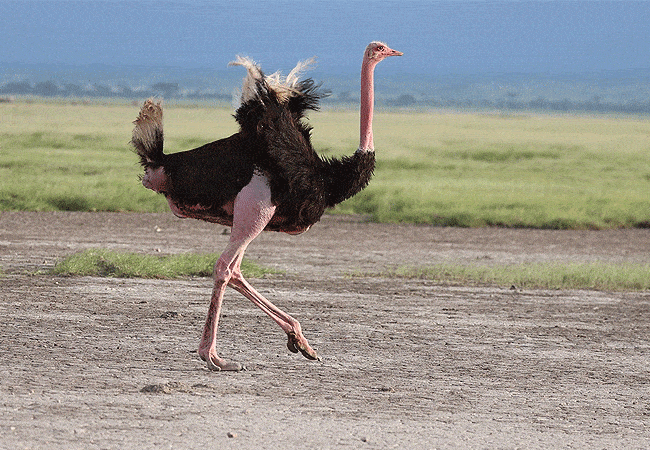
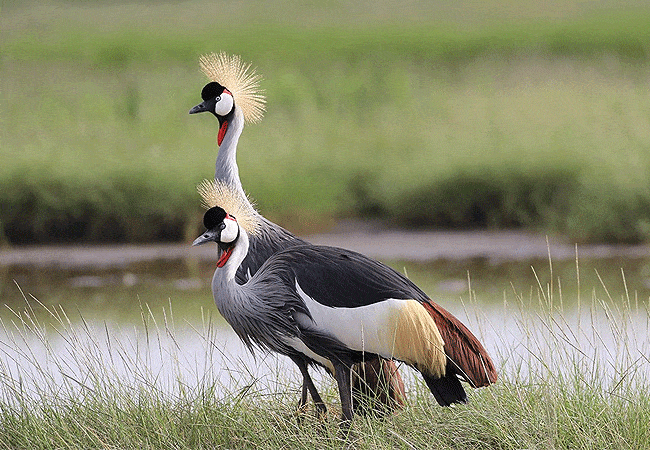

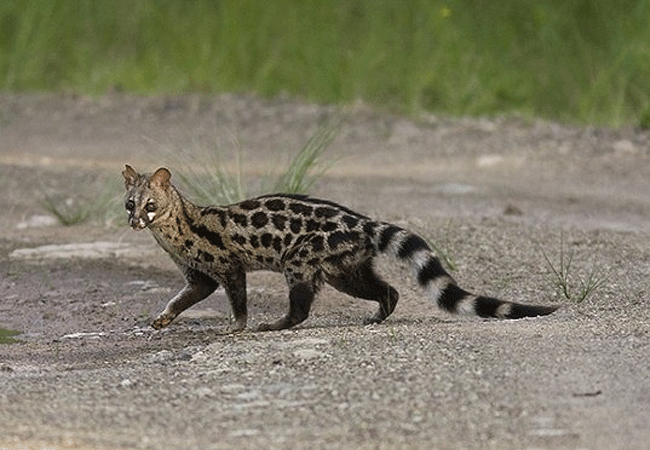
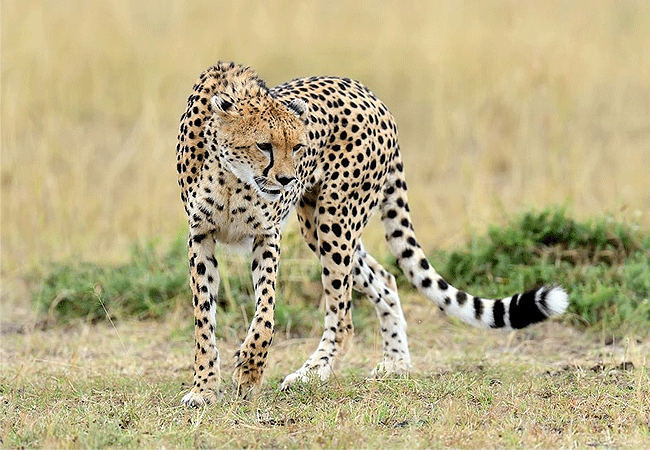
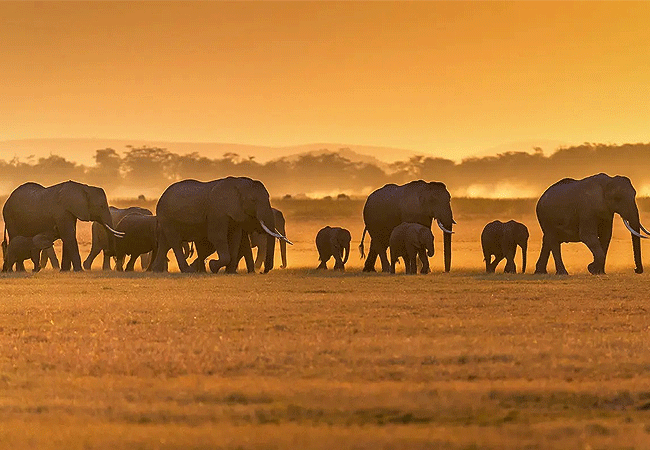
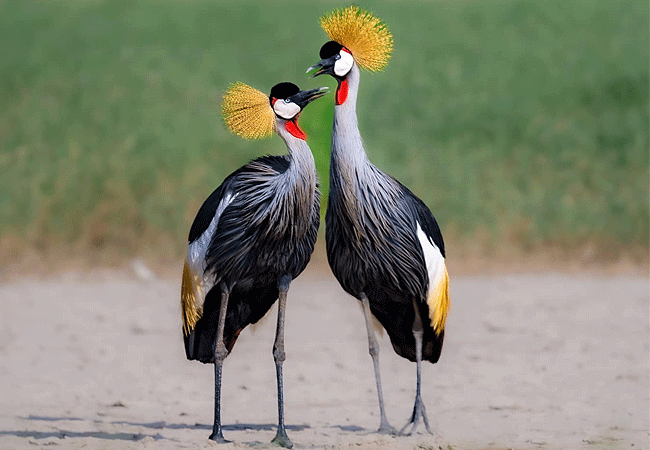
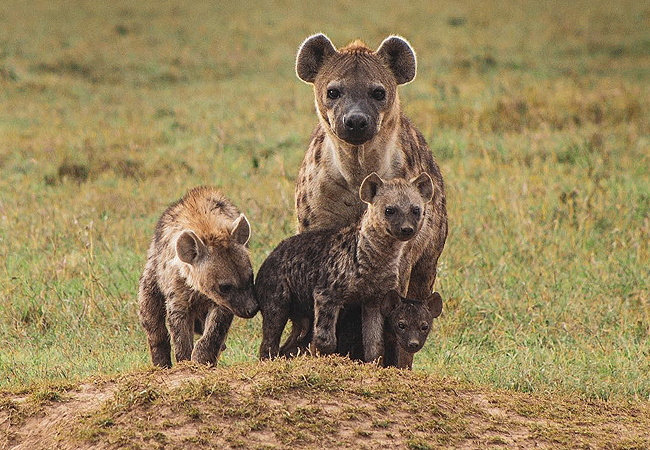

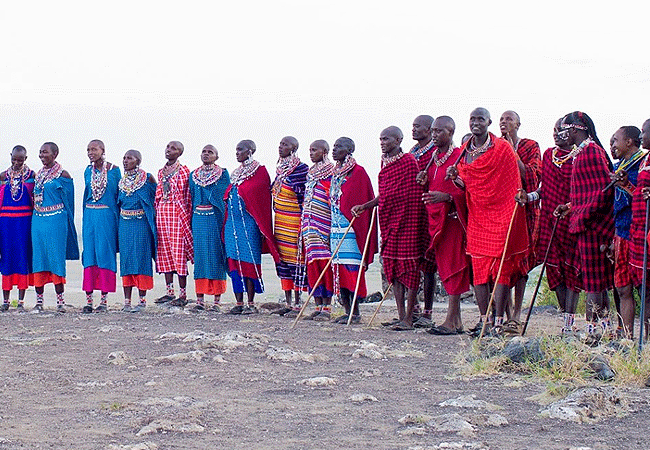
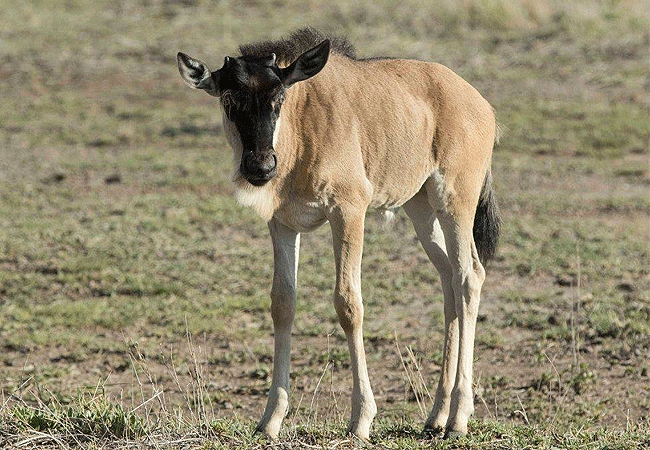

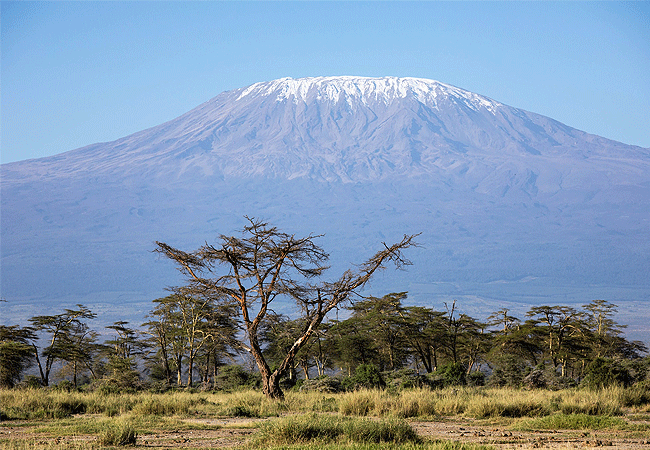

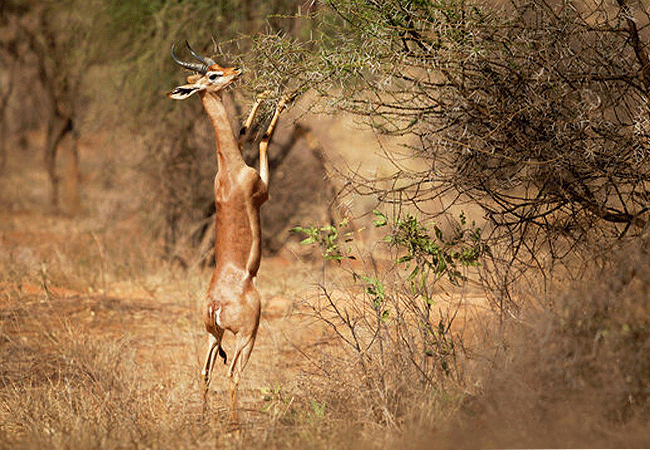
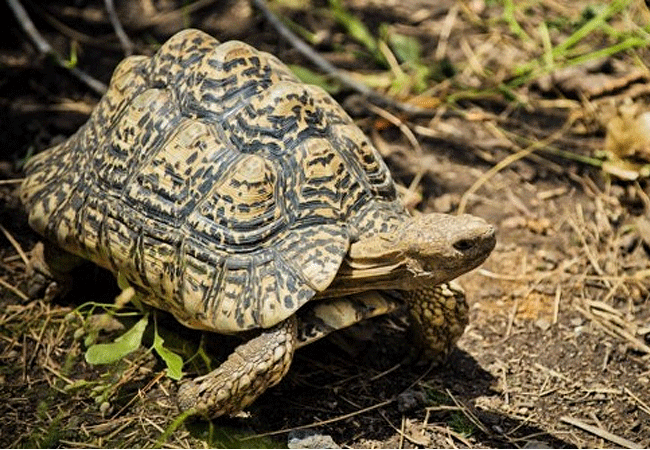

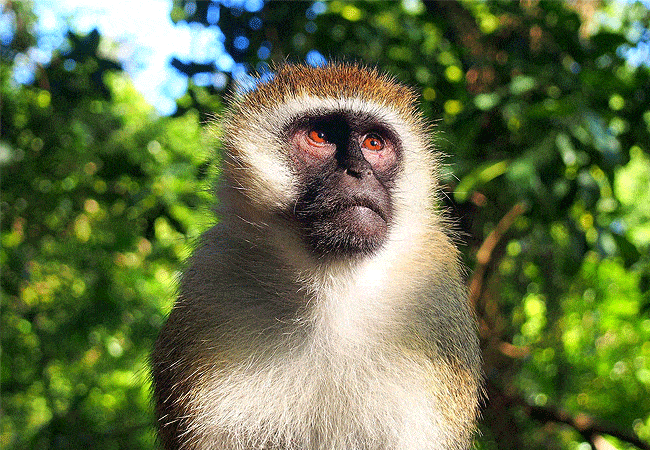
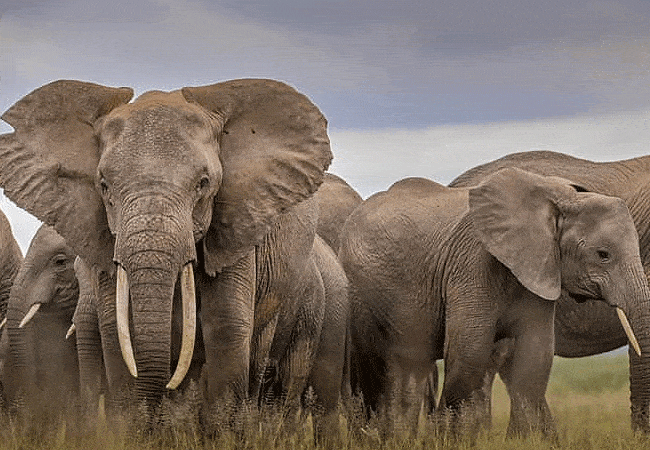
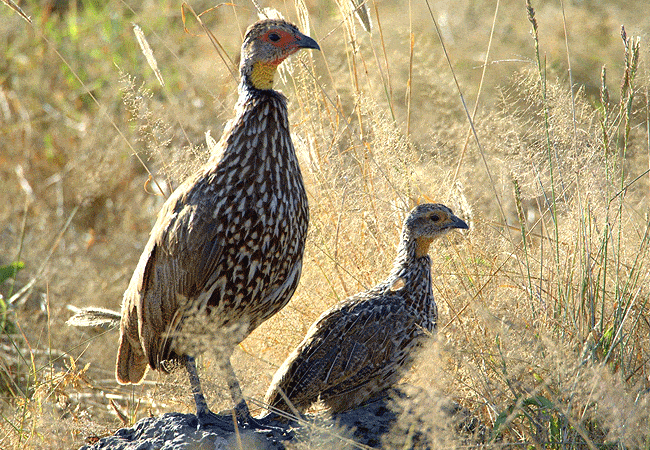
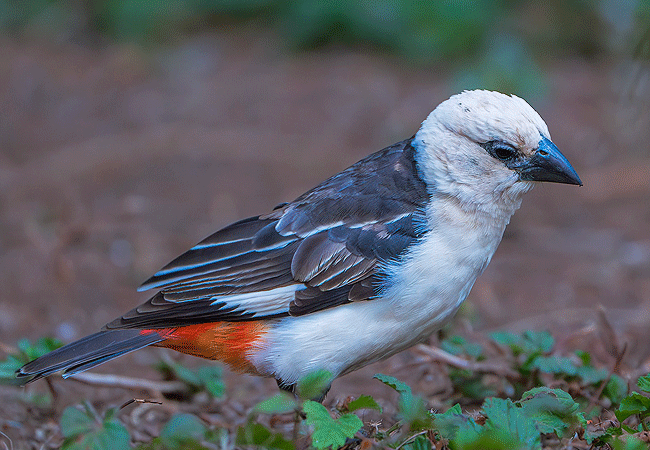
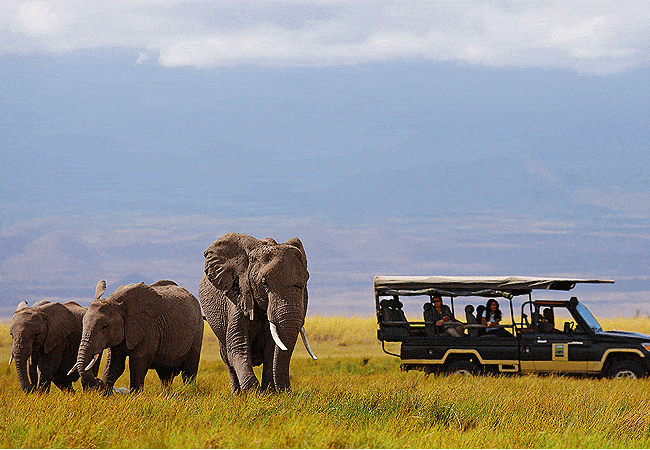
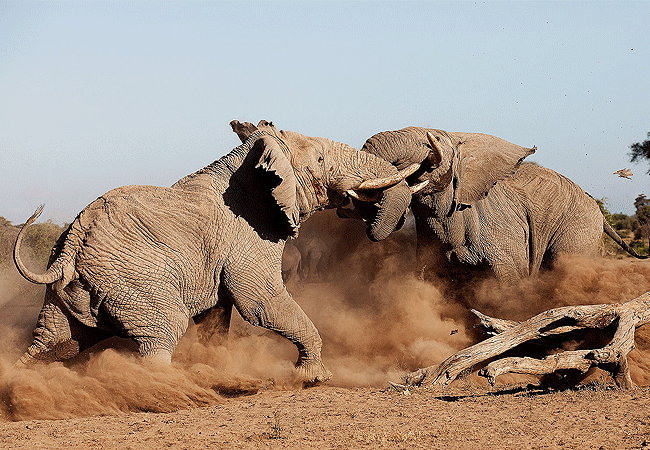


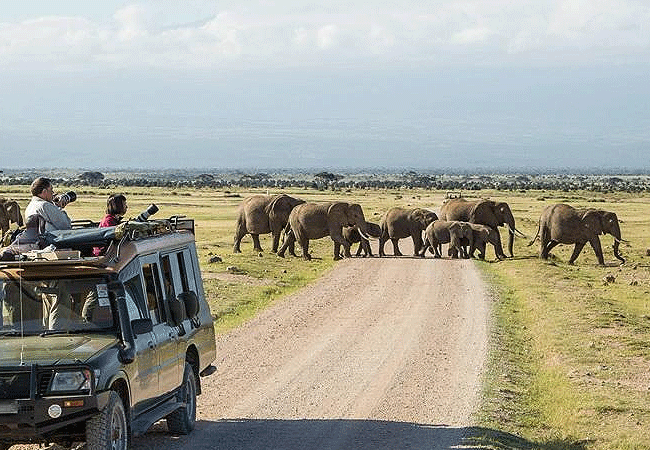

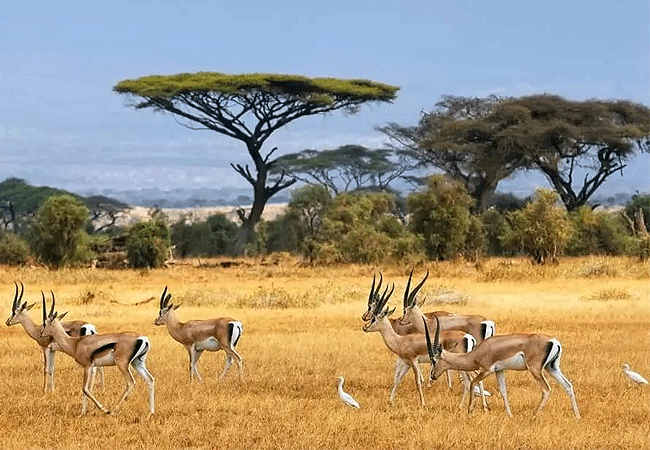
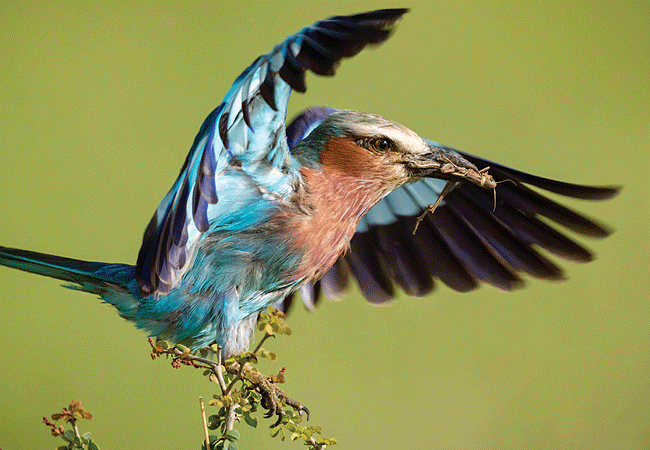
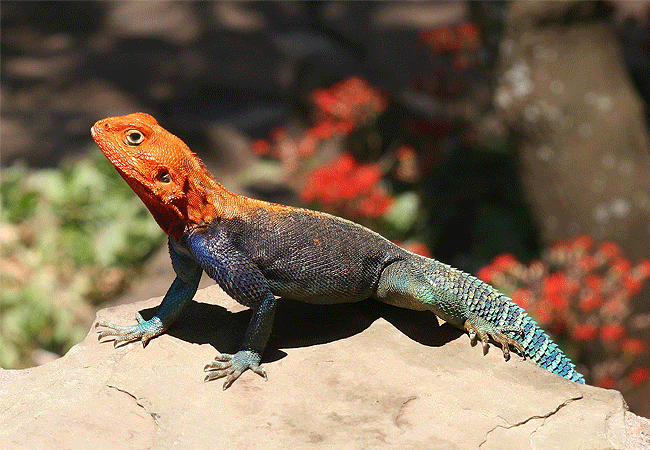
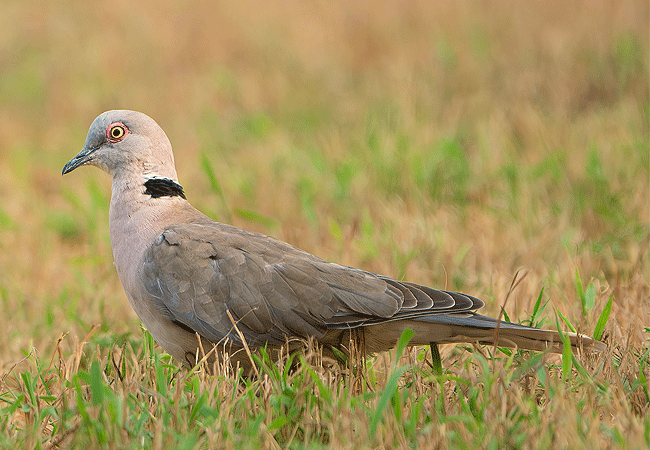


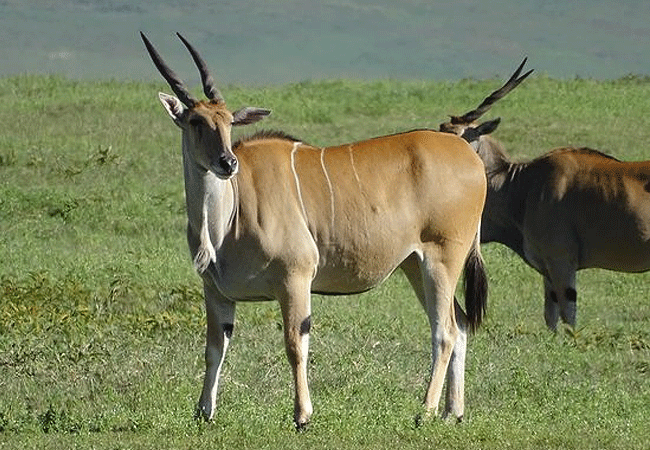

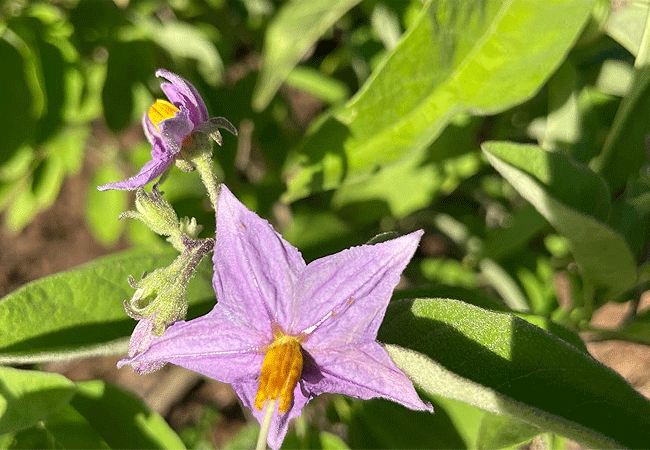
Amboseli Day Trip Information
Amboseli Day Trip Safari takes you by road or air to Amboseli National Park, located below the foot of Mount Kilimanjaro. The park is situated about 240 km southwest of Nairobi city. The driving time from Nairobi to Amboseli is 4 ½ Hours by road.
Amboseli National Park is one of the best parks in Kenya to visit from Nairobi if you would like to see 4 of the big five animals. The park is famous for its views of Mt Kilimanjaro and the large herds of elephants that roam around the permanent swamps.
Amboseli Day Trip Safari includes a 5-hour game drive in the park. Animals likely to be seen include large herds of elephants by the swamps, feeding and drinking the clear waters from the melting snow of Mount Kilimanjaro.
Amboseli is home to elephants, lions, giraffes, cheetahs, hyenas, leopards, buffalo, hippo, gazelles, impalas, wildebeest, and many others. There are over 400 species of birds, which include both resident and migratory birds.
Amboseli birds include pelicans, herons, storks, geese, plovers, eagles, kingfishers, and other species. We enjoy our box lunches at the observation hill, which offers panoramic views of the whole park. You have the option of visiting a Masai cultural village (at an extra cost) as you exit the park. Later, we return to Nairobi in the evening.
Amboseli Day Trip Frequently Asked Questions
1.) Where is Amboseli National Park
Amboseli is one of Kenya’s most popular parks and is crowned by Mount Kilimanjaro, Africa’s highest peak. The Park is romantically situated in the foothills of Mount Kilimanjaro about 265 Kilometers/ 159 Miles from Nairobi. The driving time from Nairobi to Amboseli is 4 ½ Hours by road.
2.) Is one day enough for Amboseli?
1 day in Amboseli is certainly a short amount of time to go on a safari however it’s better than not going on any safari! And, you will get to see the Big 4 including the lion, leopard, elephant, and African buffalo, even in such a short amount of time. An action-packed day safari in Amboseli National Park begins and ends in Nairobi.
Spend the day out in the African bush watching elephants and all kinds of other wild animals and birds in Amboseli. Sit back and relax while your experienced guide takes you on exciting game drives in search of the Big Four and more, sharing his or her knowledge as you explore. A coffee break and lunch stop are also included in your Full-day Amboseli Park Safari in Kenya.
3. ) What is the best time to visit Amboseli National Park?
While Amboseli National Park is beautiful all year round, the best time to go is during the dry months, which are from June to October and January to February. During this time, there is little to no rainfall, and wildlife congregates around the watering holes making it easier for safari goers to spot them during game drives. There is also less vegetation so the park’s African bush elephant, impala, lion, cape buffalo, cheetah, giraffe, Grant’s zebra, blue wildebeest, and hyena will not be camouflaged.
Less rain also means fewer insects – including mosquitoes – so malaria is much less of an issue in the dry season. But the savannah can get quite dry and dusty on occasion in Amboseli during peak season; the park sits in the shadow of Kilimanjaro, so the lakebed of Amboseli is known for being somewhat of a dust bowl.
Dust devils dance across the plains, which seem desertlike at times. Even its name reflects its dryness – coming from the Masaai word for ‘salty dust’. The crystallized salt, deposited on the soil surface as a result of the evaporation of rainwater filling the basin of Lake Amboseli, can on occasion, create the effect of a mirage. But take heart – in addition to the dust, you’ll enjoy bright blue skies and sunshine.
It is worth noting that the dry season is peak season, bringing with it crowds of tourists the world over who come to see the Great Migration in the Masai Mara. Those same tourists often book complimentary trips to Amboseli, so you will be sharing space with several other travelers.
Amboseli National Park is also Kenya’s most popular national park (after the Masai Mara), so you’ll need to book early to secure accommodation during these months. Don’t expect to have the wildlife all to yourself at this time of year. Costs, too, will be higher during peak season.
4.) Can you see the Big 5 in Amboseli?
Amboseli National Park is one of Kenya’s most popular parks and offers great wildlife viewing. The park is famous for its elephants, but most big safari animals can be spotted here. The black rhino is no longer found here, and leopards are difficult to see, but the other three of the Big Five are present. The plains support an abundance of large herbivores including wildebeest, plains zebra, and Grant’s and Thomson’s gazelle.
5.) Can you see Mt Kilimanjaro from Amboseli National Park?
Yes, you can view Mount Kilimanjaro clearly at Amboseli National Park. Amboseli is situated in the South and South-East of Kenya, just like the Kilimanjaro Mountain which is at the border of Amboseli in Kenya and Kilimanjaro region in Tanzania.
6.) Which is better Amboseli or Masai Mara?
Both the Masai Mara Safari and Amboseli Safari are great African wildlife experiences. While Mara is the most famous of the two, Amboseli is not far behind. The Masai Mara is one of the most popular safari destinations in Africa. It’s known for its large concentration of lions, elephants, and other big cats.
The Amboseli National Park is also home to a large number of elephants, but it’s more sparsely populated with other wildlife. What you want to do will determine where you decide to go. If your priority is to see the big cats, then the Masai Mara is the better option. If you’re more interested in elephants, then Amboseli is the place to be.
The Masai Mara is a large reserve, and it can take several days to explore it fully. Amboseli is smaller, and you can see a lot of it in one day. If you only have a few days to spare, then Amboseli is the better option.
7. ) Which Bird species are in Amboseli National Park?
Amboseli National Park is a good birding destination and more than 420 species have been recorded here. The swamps are great for water-associated birds such as egrets, herons, pelicans, and crowned cranes. Large numbers of flamingos may be present in the two rainy seasons (March to May and November to December).
The grassland areas offer some interesting ground birds such as Hartlaub’s bustard and the localized Pangani longclaw. The acacia woodland holds some dry-country specials such as steel-blue whydah, white-bellied go-away bird, and Von der Decken’s hornbill.
Other birds include African swamphen, Common redshank, Dickinson’s kestrel, Eurasian thick-knee, Greater Flamingo, Hartlaub’s bustard, Lesser flamingo, Long-toed lapwing, Pangani longclaw, Rufous chatterer, Rufous-bellied heron, Spike-heeled lark, Steel-blue whydah, Taveta golden weaver (NE), Von der Decken’s hornbill, White-bellied go-away bird, and Yellow-necked spurfowl.
8.) Is Amboseli National Park a popular day trip safari destination?
Amboseli 1-day safaris are popular for several reasons. Amboseli is easily accessible by and serviced by good roads from Nairobi, the park itself is easily navigable. Amboseli National Park has great safari accommodation options that range from Kenya Wildlife Service’s budget-friendly campsite to 5-star luxury safari lodges, and family-friendly safari-style hotels. For a more intimate experience, you can stay in one of the conservancies in the greater Amboseli ecosystem.
Elephants are not the only wildlife in Amboseli National Park although they are undoubtedly the stars of the show. Amboseli is home to four of the Big 5 safari animals (lions, leopards, buffalo, and elephants) as well as numerous other African animals. In addition to the megafauna, Amboseli’s wetlands and open plains are home to around 400 bird species.
Breathtaking scenery, large herds of elephants, big tuskers, and abundant birdlife, all in a compact and easily accessible game reserve make Kenya’s Amboseli National Park an incredible African safari destination.
9.) How much does an Amboseli Safari Cost?
The cost of your Amboseli Safari will be determined by several factors, including the activities you choose to engage in while in Amboseli, the time of year you visit Amboseli, the length of your stay, how you choose to get there by road or flight and whether you book a private or group tour.
10. What animals do you see in Amboseli National Park?
Amboseli’s unique geography has defined the park by producing permanent swamps which are a magnet for both wildlife and birds. Elephants thrive here and the small size and excellent protection have meant that elephants can reach maturity without being poached. The big tuskers dominate the show. There are around 1500 of these swamp-loving elephants, one of the highest concentrations of elephants anywhere in Africa.
Because of its small size and excellent infrastructure, Amboseli is considered an excellent all-year-round African safari destination. On your Amboseli safari, you can expect to see many of the savannah wildlife – giraffes, Grant’s, and Thompson’s gazelles, buffalo, hartebeest, waterbuck, eland, wildebeest, and Burchell’s zebra.
In the drier areas, you will be lucky to spot gerenuk and fringe-eared oryx as well as bat-eared foxes, caracal, jackals, and serval cats. With relations between wildlife and communities improving, the Amboseli predators have made a comeback. You will see lions and hyenas though cheetahs and leopards remain elusive.
11.) Things To Do In Amboseli on the Day Tour?
A visit to Amboseli would be incomplete without a visit to the nearby Maasai community village. This one-hour visit to a Maasai village is a chance to interact with the Maasai and get a glimpse into their culture, and unique way of life, and see firsthand some of their customs and practices. The Maasai are the most famous tribal group in all of Africa.
The Maasai village visit is typically an excursion for an hour set apart for a brief interactive visit to the village, which usually happens to be on the fringes of the main Amboseli National Park. So how much is a Maasai Village Visit? Well, the price varies between USD 25 to 50 per person and is inclusive of a contribution towards the village in the form of a fee.
It should be noted that once at the village, you may be expected to buy some curio or souvenir from the villagers, though this is not mandatory having paid an entry fee. Nonetheless, be prepared for determined efforts from some of the Maasai villagers to try and sell you what are inexpensive handmade craft items. For some this can be an unpleasant part of the excursion though in totality we feel this is a minor negative that has become a part of the experience and the positive part of the visit outweighs the negative.
12.) What is the climate of Amboseli National Park?
Conditions in Amboseli National Park are hot and dry. Rain typically falls as short, heavy showers. Expect average temperatures of around 28°C/82°F during the day and 15°C/59°F at night.
January (birding): One of the warmest months in Amboseli, January is the best time for birding enthusiasts. Late afternoon showers are common in short bursts and migratory birds from Europe and North Africa flock to the shallow lakes and swamps. January is also the start of the calving season.
February (baby animals and predators): The low season is a great time for birders and photographers. The explosion of life that started in January continues through February until March. February is comparatively quiet and a great time for predators and prey. Expect wide open spaces and an ‘exclusive’ feel particularly in the private conservancies that are part of Amboseli.
March (wet and often muddy): March is a muddy month. Many lodges begin to close for the low season while heavy afternoon thundershowers keep things dramatic with occasional flooding.
April (low season): April is a “long rain” month. Typically cool (but still warm by European standards), April is a wet, low-season month. This is a quiet time with great budget rates and a quieter safari experience.
May (drizzly with mud): May is still wet and cool and by this stage, many roads are more like muddy rivers. Rivers on the other hand flood their banks and getting around is slow and sticky. May is the month for a fly-in safari.
June (lush vegetation and good game viewing): The long rains come to an end in June. A much drier month, June in Amboseli is the start of the high season. Cooler weather and lush green landscapes make this one of the best times for an Amboseli safari.
July (best weather): July is pleasant, warm, and dry. Wildlife in general stays close to their watering holes making July an excellent Amboseli safari month. Be prepared for crowds as this is the Kenyan safari high season.
August (excellent game viewing): Cool and dry, August is the month for great safari sightings.
September (exceptional game viewing): Still dry, September in Amboseli National Park is all about exceptional safari game viewing.
October (temperatures rise, excellent game viewing): Hot and dry, October is often the hottest month. Animals stick close to watering holes waiting for the November rains.
November (afternoon thundershowers and spectacular skies): The short summer rains begin in November. Though wet, the afternoon showers are short and followed by clear skies making for an otherworldly drama. This is also the start of the birding season.
December (festive season crowds and birding safaris): December is quieter than the peak-season months but the national park can get busy with festive season tourists.
Booking & Reservations Amboseli Day Trip Safari From Nairobi Contact
Mobile: +254-721-242-711
WhatsApp: +254-721-242-711
Reservations: +254 718-179-967
Email: [email protected]
Website: https://africanspicesafaris.com
